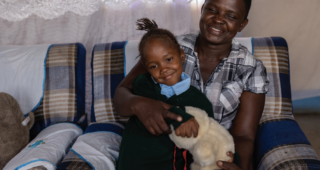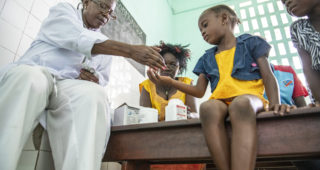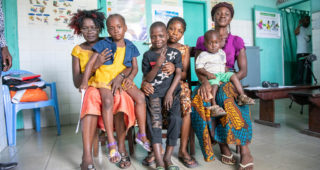Tuberculosis
Tuberculosis (TB) is a curable and preventable disease, yet it remains the second deadliest infectious killer after COVID-19, with an estimated 10.6 million people developing TB in 2022. Children and adolescents are uniquely impacted by TB; only half of the children who developed TB in 2022 were diagnosed and reported.
As a leader in the fight for a TB-free generation, EGPAF is working to ensure children and adolescents are prioritized in the global TB response.
Get the Facts
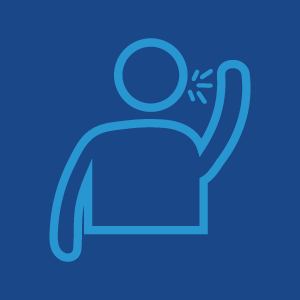
In 2022, 1.25 million children developed TB. Up to 25% of children who develop TB will die from the disease.
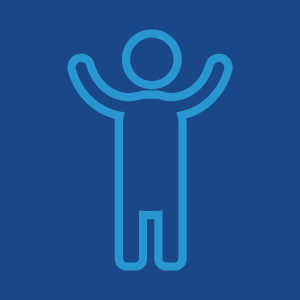
Only half of the kids who developed TB in 2022 were diagnosed and reported.
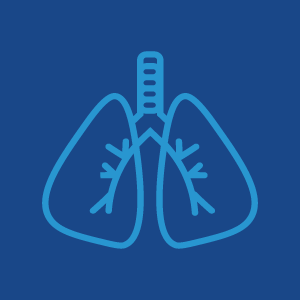
In 2022, almost 600 children and young adolescents lost their lives to TB each day.
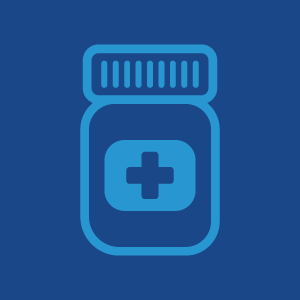
Only 37% of eligible child contacts aged under 5 received TB Preventative Treatment (TPT).
Our Approach
EGPAF has extensive experience working with children and adolescents, with a focus on children and adolescents living with HIV. EGPAF programs have embedded TB into HIV service delivery through PEPFAR funding. This integration is an essential part of EGPAF’s approach to simultaneously ending TB and HIV.
Our portfolio of work also includes TB focused projects where we collaborate with partners to drive innovations for children and adolescents impacted by TB. The recently closed CaP-TB project funded by Unitaid, delivered groundbreaking lessons learned on how to effectively fight childhood TB. EGPAF is also part of the SMART4TB Consortium which aims to transform TB prevention and care.
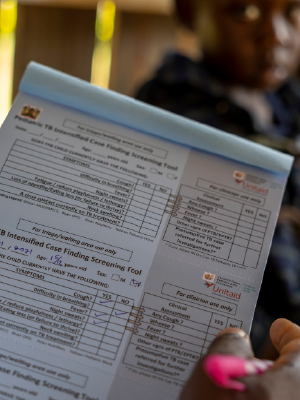
Finding Missing Childhood TB Cases
Case-finding is the biggest gap in pediatric TB services. Children under the age of five are the least likely to be diagnosed with TB. Most existing tools to diagnose TB have suboptimal performance in children and require invasive sample collection procedures. Finding the missing children via scaling up screening and diagnostics is key to ending pediatric TB.
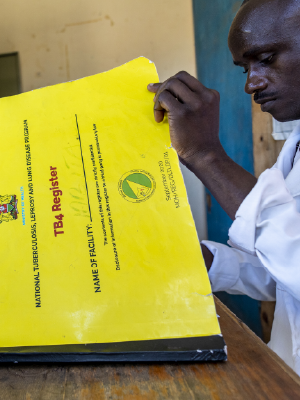
Expanding Access to Preventative Treatment
Access to TB preventive treatment (TPT) for children living in households affected by TB remains challenging, despite the availability of shorter TPT options. Rapid adoption and roll-out of new, shorter, more effectives TPT regimens, using the available pediatric formulations, is essential to prevent TB disease in children.
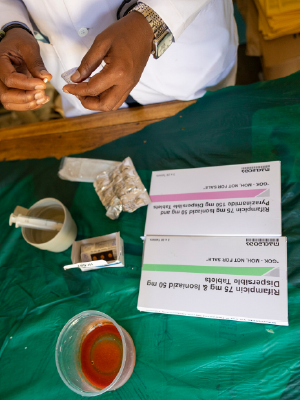
Promoting Child-friendly Treatment
TB is a curable disease with proper treatment. Shorter and child friendly regimens for treatment of drug-susceptible and drug resistant TB are currently available. Procurement of pediatric formulations and roll-out of the shorter treatment regimen must be prioritized to ensure no child dies of TB.
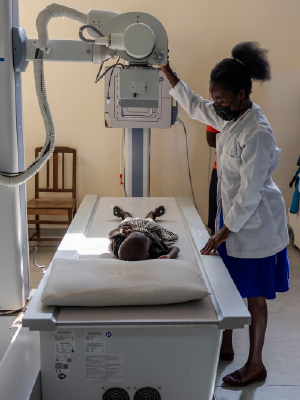
Building Models of Care to Meet Children’s Unique Needs
Children and their families require models of care that fit their specific needs. Integrating TB care into other health services frequently used by kids can help improve timely detection of pediatric TB and help to avert the most severe forms of disease and preventable deaths. Decentralizing childhood TB services to primary health care facilities and at community level can also improve accessibility of services.
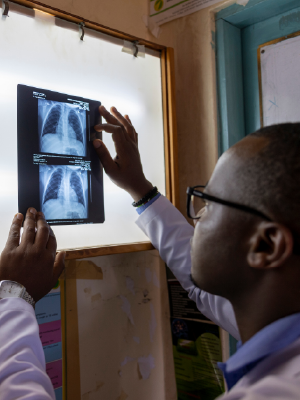
Advocating for Investment in the TB Response
Significant increases in both international and domestic resources are needed to sufficiently scale up childhood TB services and end the global TB epidemic. By 2027, US$22 billion is needed annually for TB prevention, diagnosis, treatment and care across all populations, far beyond the US$5.8 billion available in 2022.
Learn More About Catalyzing Pediatric TB Innovations
This project focused on developing and implementing models to improve case detection for active pediatric TB and improve access to TB preventive treatment (TPT).
